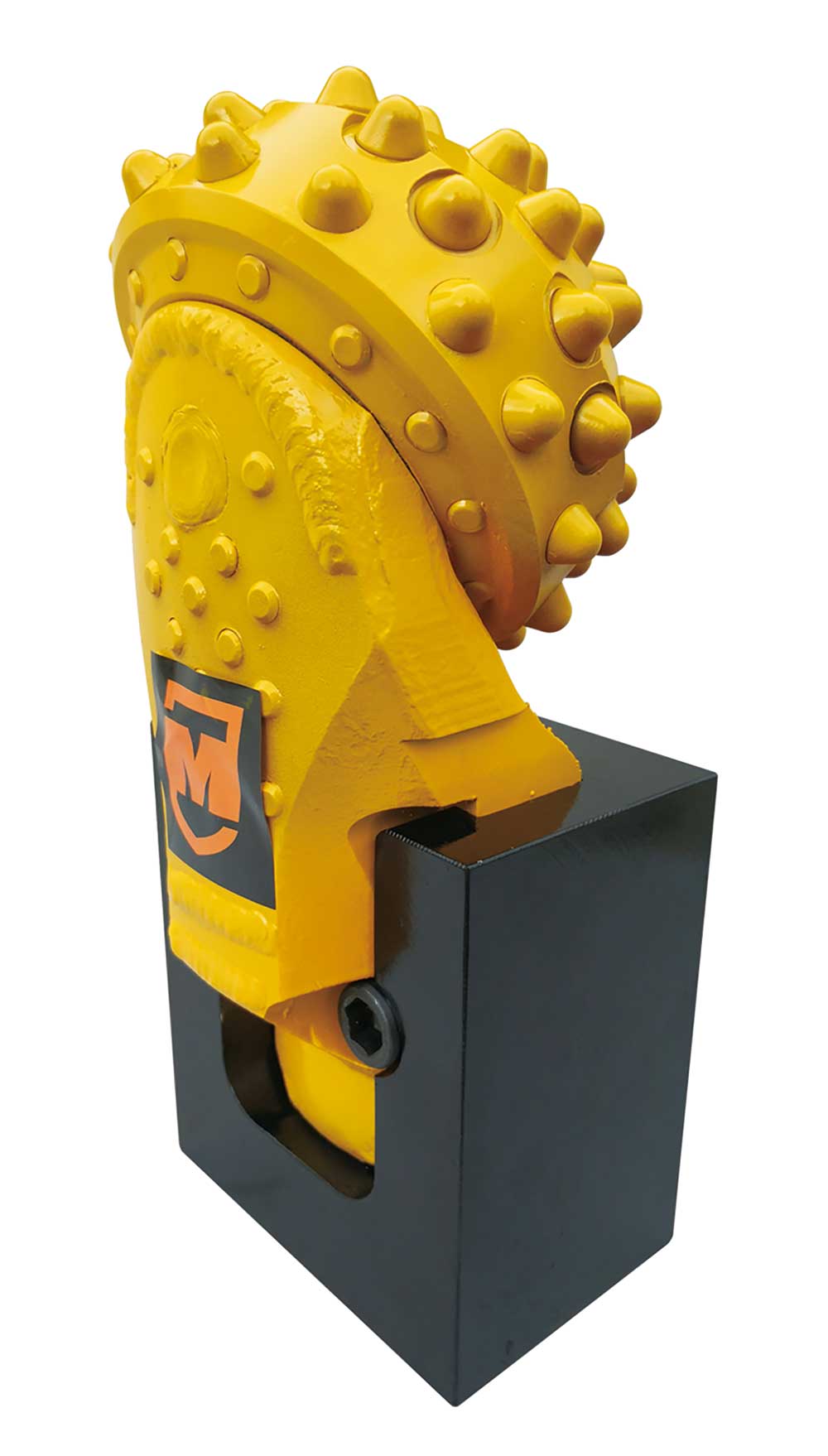The New Workplace Reality: Are Employees Truly Replaceable?

Table of Contents
The Illusion of Replaceability: Automation and Technology
The transformative power of automation and technology fuels the belief that employees are easily replaceable. However, this perception often overlooks the crucial complexities of human capital.
Automation's Impact on Specific Roles
Automation has undeniably impacted various roles across numerous industries.
- Most susceptible: Repetitive, data-entry-focused jobs in manufacturing, data processing, and basic customer service.
- Least susceptible: Roles requiring complex problem-solving, creativity, critical thinking, emotional intelligence, and nuanced human interaction (e.g., surgeons, teachers, social workers, senior management).
While automation streamlines many processes, it falls short in areas demanding human ingenuity. Tasks requiring adaptability, empathy, and the ability to navigate unpredictable situations remain firmly in the human domain. Current AI lacks the cognitive flexibility and emotional intelligence crucial for effective leadership, strategic planning, and complex client management.
The Gig Economy and Contract Workers
The gig economy's rise further contributes to the perception of employee replaceability. The ease of finding contract workers for short-term projects seemingly validates this idea.
- Advantages: Cost-effectiveness for short-term projects, access to specialized skills, flexibility.
- Disadvantages: Lack of company loyalty, difficulty in knowledge transfer, higher turnover rates, potential for quality inconsistencies.
This reliance on contract workers, while offering short-term benefits, often comes at the cost of long-term institutional knowledge, employee engagement, and consistent quality. The inherent instability can negatively impact company culture and productivity.
The Untapped Value of Human Capital: Beyond Skills and Expertise
The true value of an employee extends far beyond their technical skills and experience. Hidden beneath the surface lie intangible assets that significantly impact a company's success.
Soft Skills and Emotional Intelligence
Soft skills—communication, teamwork, problem-solving, adaptability, and emotional intelligence—are critical in today's dynamic work environments. These are challenging, if not impossible, to automate.
- Crucial soft skills: Effective communication, collaboration, conflict resolution, empathy, critical thinking, adaptability.
These skills foster positive team dynamics, enhance innovation, and build strong client relationships—all contributing significantly to a company's overall success.
Employee Engagement and Company Culture
Employee morale, loyalty, and a positive company culture are powerful drivers of productivity and innovation.
- Positive culture contributions: Increased retention, higher job satisfaction, improved collaboration, enhanced creativity.
High employee turnover is incredibly costly. Replacing employees involves substantial expenses and time investment in recruitment, training, and onboarding. Moreover, the loss of institutional knowledge and the disruption to team dynamics can severely impact productivity and project timelines.
Innovation and Creativity
Human ingenuity and creativity are crucial for adapting to a changing business landscape. Companies thrive on their employees' ability to develop innovative solutions and adapt to unforeseen circumstances.
- Examples: Employee-driven process improvements, the development of new products or services, creative problem-solving in challenging situations.
Automating these processes is exceptionally challenging, as true innovation often emerges from unexpected insights and creative problem-solving.
The Real Cost of Replacement: Beyond Salaries and Benefits
The cost of replacing an employee goes far beyond the immediate expenses of salary and benefits. Numerous hidden costs significantly impact a company's bottom line.
Hidden Costs of Turnover
Replacing an employee incurs substantial hidden costs that are often overlooked.
- Recruitment fees: Advertising, agency fees, background checks.
- Training costs: Time spent training, lost productivity during training.
- Lost productivity: Time spent searching for a replacement, onboarding the new employee, and lost productivity during the transition period.
Studies consistently show that the cost of replacing an employee can range from 50% to 200% of their annual salary, depending on the role and seniority.
Damage to Company Reputation and Brand
High employee turnover can severely damage a company's reputation and hinder its ability to attract top talent in the future.
- Negative impact: Negative online reviews, negative media coverage, difficulty in attracting and retaining skilled workers.
A toxic work environment, indicated by high turnover, creates a negative perception among potential employees and clients. This can lead to a significant decline in brand reputation and a decrease in business opportunities.
Conclusion: Rethinking Replaceability in the Modern Workplace
Replacing employees is rarely as straightforward or cost-effective as it might initially seem. The value of human capital extends far beyond technical skills, encompassing soft skills, employee engagement, company culture, and the capacity for innovation and creativity. While technology is transforming the workplace, employees remain irreplaceable due to their unique contributions beyond mere output.
We reiterate that while technological advancements impact various roles, the unique contributions of human employees—their soft skills, experience, and contributions to company culture—remain critical and irreplaceable. Are you truly maximizing the value of your irreplaceable employees? Learn more about effective employee retention strategies in our comprehensive guide: [Link to relevant resource].

Featured Posts
-
 Fords Fading Legacy Byds Electric Vehicle Expansion In Brazil
May 13, 2025
Fords Fading Legacy Byds Electric Vehicle Expansion In Brazil
May 13, 2025 -
 74 A Prenajom Nehnutelnosti Romovi Ako Bojovat Proti Diskriminacii Na Trhu S Nehnutelnostami
May 13, 2025
74 A Prenajom Nehnutelnosti Romovi Ako Bojovat Proti Diskriminacii Na Trhu S Nehnutelnostami
May 13, 2025 -
 La And Orange Counties Sizzle Under Record Breaking Heat Safety Tips And Precautions
May 13, 2025
La And Orange Counties Sizzle Under Record Breaking Heat Safety Tips And Precautions
May 13, 2025 -
 Qatar Gift Plane Trumps Defense Sparks Debate
May 13, 2025
Qatar Gift Plane Trumps Defense Sparks Debate
May 13, 2025 -
 Kelly Ripas Leave Of Absence From Live How Mark Consuelos Is Coping
May 13, 2025
Kelly Ripas Leave Of Absence From Live How Mark Consuelos Is Coping
May 13, 2025
